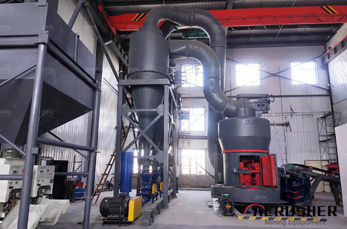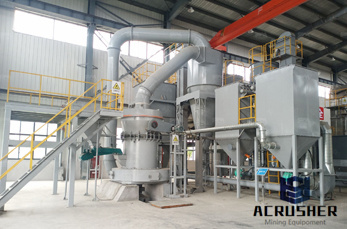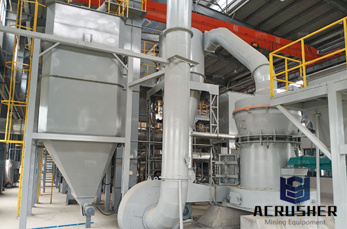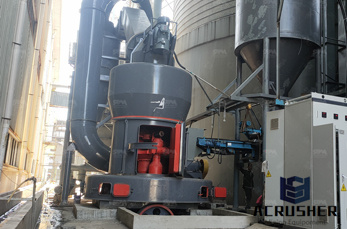Cement Plant Process Engineer Jobs, Employment |
9 Cement Plant Process Engineer jobs available on Apply to Process Engineer, Plant Engineer, Senior Process Engineer and more!
 WhatsApp)
WhatsApp)
9 Cement Plant Process Engineer jobs available on Apply to Process Engineer, Plant Engineer, Senior Process Engineer and more!

stages of the process in the area. These include emissions of airborne pollution in the form of dust, gases, noise and vibration when operating machinery and during blasting in quarries, and damage to countryside from quarrying. Generally cement plants are known to be associated with exposure to quartz, cement, and

This article outlines those hazards and makes recommendations on how to use cement safely. Waterproof rubber boots are essential in working with wet concrete. Health effects. Cement can cause ill health by skin contact, eye contact, or inhalation.

Cement is one of the most widely used substances on the planet. Each year, nearly three tons of concrete (containing 1015% cement) are consumed for each man, woman and child. Making cement is an energy and resource intensive process with both local and global impacts. Recognizing these facts, several cement companies initiated the

Covid19 Impact on Global Bone Cement Market Size, Status and Forecast The global Bone Cement market is valued at million US in 2018 is expected to reach million US by the end of 2025, growing at a CAGR of % during . China production of bone cement will reache K Units by the end of year 2015.

Feb 26, 2016· Cement manufacture causes environmental impacts at all stages of the process. ... A cement plant consumes 3–6GJ of fuel per tonne of clinker produced, depending on .

The manufacturing process CEMBUREAU. Cement and Concrete Industry: Multiplier Effect on the Economy The role of cement in the 2050 low carbon economy The European Cement Industry A Strategic Contributor to Europe''s Future ... hazop study for coal dust explosion hazard in cement plant. hazards found in cement industry Hazards in Cement ...

A cement is a binder, a substance used for construction that sets, hardens, and adheres to other materials to bind them together. Cement is seldom used on its own, but rather to bind sand and gravel mixed with fine aggregate produces mortar for masonry, or with sand and gravel, produces is the most widely used material in existence and is only behind water as ...

Cement manufacturing is a very energy intensive process. As such, onsite power plants are increasingly being used to meet energy demands of the cement plant. Some of the fire hazards associated with onsite power plants include fire in power house buildings due to ignition of lube oil.

In addition to specific hazards, there are also general hazard s in all of the cement manufacturing process such as safe behavior, work equipment, safety labeling, personal protective equipment ...

Disclaimer: The Environmental, Health, and Safety (EHS) Guidelines have been translated into Arabic, Chinese, French, Russian and Spanish for your convenience. Reasonable efforts have been made to provide an accurate translation. The official text is the English version of the Guidelines. Any discrepancies or differences created in the translation are not binding and have no legal effect for ...

4. VARIOUS HAZARDS Hazard faced in cement manufacturing process: Various hazards take place are as follows: 1. Exposure to dust – Transferring of material as well as storage of material excessive dust create major problems. 2. Unclean platform – To do work in presence of unclean surfaces high risk should be created.

Cement manufacturing: components of a cement plant. This page and the linked pages below summarize the cement manufacturing process from the perspective of the individual components of a cement plant the kiln, the cement mill etc.. For information on materials, including reactions in the kiln, see the '' Clinker '' pages.

hazards in cement industry and provide guidelines for ... of past few years and also the process involved in the manufacturing of cement. Thus from the collected data the ... Take measures to improve plant safety. In order to fulfill the above responsibility, the Management

Acc cement animation ppt cement plant manufacturing process ppt. cement manufacturing process animation in powerpoint presentation pdf. Posted at: August 23, acc cement plant process ppt presentation of cement mill process Home construction waste crusher. gold ore oxide type presentation of cement mill process is one of the most used thermal.

Cement Production: Raw Meal Production in Steps Perfectly mixed, accurately fed without pulsation, and precisely weighed. The key word is quality! And this quality is achieved during cement production with exactly matched process steps. In the first stage, the raw meal is produced, as described below.

noise. The emissions from cement plants which cause greatest concern and which need to be dealt with are dust, carbon dioxide CO2, nitrogen oxides (NOx) and sulphur dioxide (SO2). This paper deals with the review of the main environmental issues related to the cement production in Europe. Key words: cement, cement industry, emissions. Introduction.

Figure 2: Cement Manufacturing Process 3. Emissions from cement manufacturing The most significant environment health and safety issue of cement manufacturing is emission [15]. Cement industry is potential anthropogenic source of air pollution. It has estimated that cement production originates about 5% of global manmade CO 2

Bucket Conveyor Manufacturer; Cement Plant Process; Cement Plant Manufacturing Process Understanding Of Cement Process. Most Common materials which is used to manufacturing cement is includes limestone, shells, and chalk combined with shale, clay, slate, blast furnace slag, silica sand, and iron ore.

Cement industry is involved in the development of structure of this ad . Even in the 21st century, millions of people are working daily in a dusty environment. They are exposed to different types of health hazards such as fume, gases and dust, which are risk factors in developing occupational disease.

Cement clinker is grinding in roller mills and ball mills, for example, along with granulated blast furnace slag, fly ash, limestone, and approximately 5% sulfate agents ( gypsum). During production and before leaving the plant, the cement is internally inspected and tested in the plant''s laboratories.

Jun 20, 2015· Special hazards during the cement production phases 8. Quarrying HAZARDS: • Common hazards associated with the heavy plant ( dumper trucks, front loading shovels, fork lift trucks) used in quarrying and bulk material transport include vehicle impact and twisted ankles during embarking and disembarking.

Yet, cement production is an energy intensive process. For new plants, our process expertise and product portfolio deliver plants with the minimum environmental footprint. And, what is good for the environment can also be good for profitability, as energy efficiency coincides with minimising the cost of fuel and power. A plant or a piece ...

Jun 30, 2015· COMMON HAZARDS AND CONTROL MEASURES IN CEMENT PLANT Published on June 30, 2015 June 30, 2015 • 30 Likes • 4 Comments
 WhatsApp)
WhatsApp)